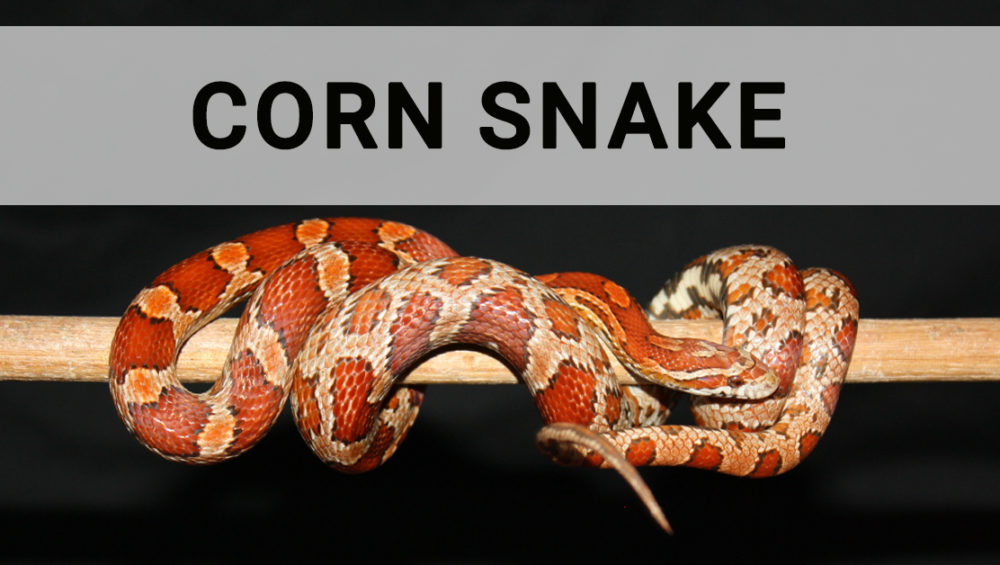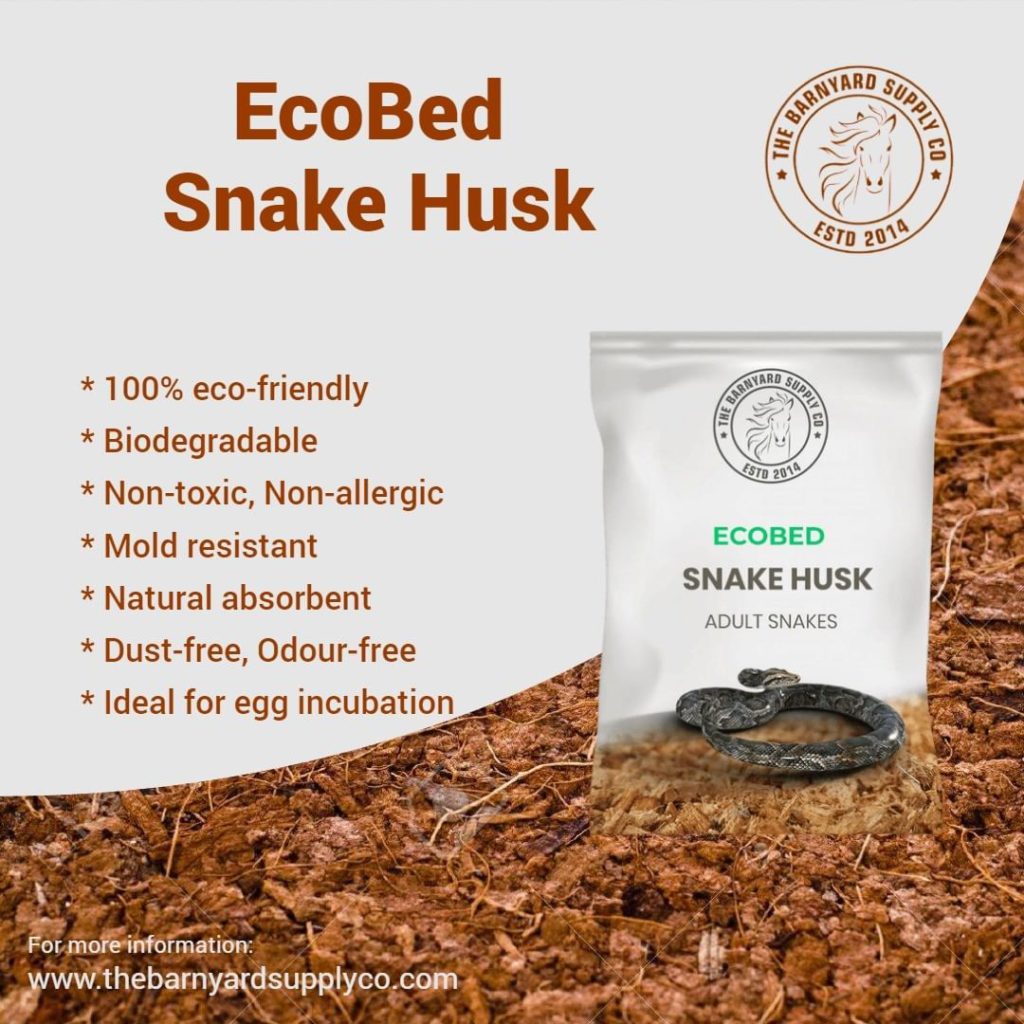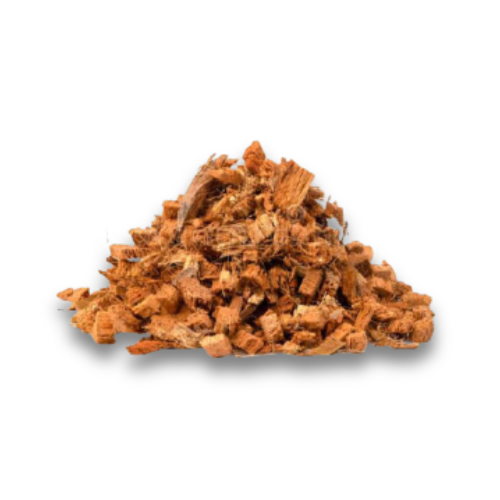Corn snakes are the most popular snake for their own good reasons. They make an excellent pet. Their extremely gorgeous colours and patterns are eye-catching. Corn snakes are calm, docile and relatively easy to handle. Because of their gentle nature, they make fantastic choices as pet snakes for beginner snake owners. They are native to the south-eastern United States, are mostly land-dwelling and are active mainly at night or at dusk and dawn.
Table of contents
Behaviour
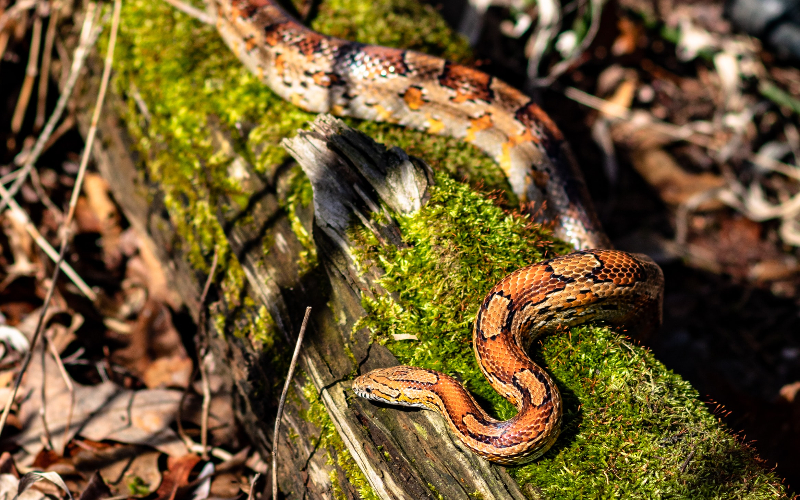
Corn snakes are large snakes as they hatch from egg 8 to 12 inches and reach 4 to 5.5 feet in their adulthood. Corn snakes can live into their late teens and perhaps their early twenties if they are properly cared for. They can reproduce until they are 10 to 12 years old, and occasionally even longer. Corn snakes, often called red rat snakes as they are orange or brownish-yellow snakes with a pattern of large red blotches outlined in black down their backs. They are appealingly slender.
The alternatingly black and white marks like a checkerboard pattern, runs along their bellies. Corn snakes show considerable variations in their color and pattern depending on their age and geographic location.
Temperature Requirements
Corn snakes are most active around night time therefore additional light is not required so natural cycle of lights is enough. Corn snakes are cold-blooded or ectothermic. They require a temperature gradient consisting of a warm side 81o F to 86o F and cool side 74o F to 78o F. Corn Snakes tend to use heat from the ground.
For maintaining these temperatures you need to use some external heating elements. Heat pads are recommended in order to keep corn snakes warmer. Also heat bulbs can be used for heating. Infrared Ceramic Heat Emitter with thermostat is also used for maintaining these levels of temperature.
Humidity
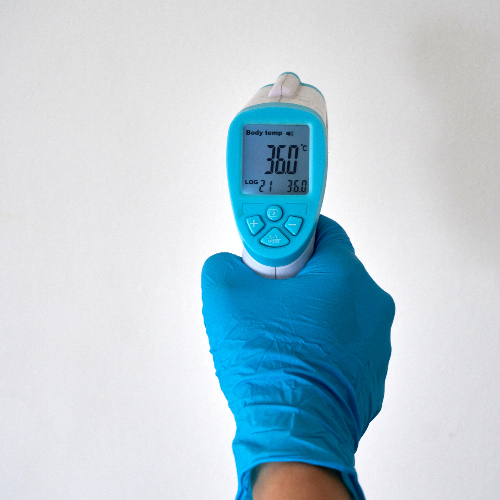
Corn snakes prefer to live between the average humidity of 65-75%. The right level of humidity is necessary to prevent dehydration, maintain respiratory health and facilitate proper shedding. These tips will help you maintain healthy humidity levels in your snake enclosures.
- Make use of dry substrate like aspen and lignocel.
- Provide a clean and chemical-free surrounding of leaf-litter on top of substrate.
- Mist the enclosure on a daily basis.
- For better results, install a cool mist humidifier at night.
Lighting
Corn snakes are mostly daylight dwellers. They need a distinct day/night cycle in captivity. For regulating your snake’s natural biorhythms and encouraging them on natural behaviors, you need to provide them with terrarium-specific lighting. Corn snakes require 12 hours of lighting per day.
To promote more natural hormonal rhythms in your snake and for better overall health results, provide them with a seasonal light cycle. Providing UVB can be very beneficial for a snake’s mental and physical health. If you are providing UVB then, use a T5 HO UVB fluorescent tube and replace it every 12 months.
Corn snakes don’t require nighttime lighting such as colored bulbs. If you are providing nighttime lighting to your snakes then stop, because it may damage your snake’s eyesight and/or mental health.
Handling
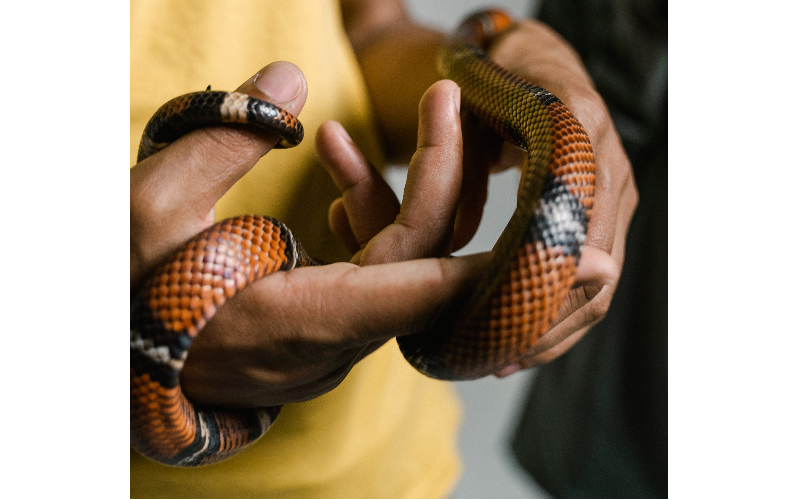
Corn Snakes are quite active snakes and to exercise they will appreciate time outside the vivarium. Give support to your Corn snake at all times to avoid dropping them. Give a few weeks to settle a new Corn snake into its new home and into a regular feeding routine before handling it. You can start handling your Corn snake after 3-4 successful meals. Lift it up gently but with confidence or else it may get scared and bite you.
Depending on the particular snake, A suitable handling time for your Corn snake is 3-4 times in a week for approximately 10-15 minutes. Some Corn snakes may shy from regular handling while some may enjoy more time outside the vivarium. Before and after handling your Corn snakes, it is important to wash your hands with anti-bacterial wash.
Cleaning
Cleaning is very essential to keep your snake healthy. Bedding makes it easy to clean feces. You have to remove faces daily that you see. Cleaning the spot of your snake should be done lightly once a week. You can replace the top 1 inch of bedding in a week. Weekly sanitation is must recommended to keep your snake environment hygienic.
Cage Maintenance
As Corn snakes excrete small amounts of semi-solid fluid, they require least maintenance. For quick cleaning of feces, use Aspen and other similar substrates. The entire cage and all the accessories should be washed out once after 4-5 months with a gentle soap and the used bedding should be completely thrown out. If you are using paper towels then change them once a week.
Diet
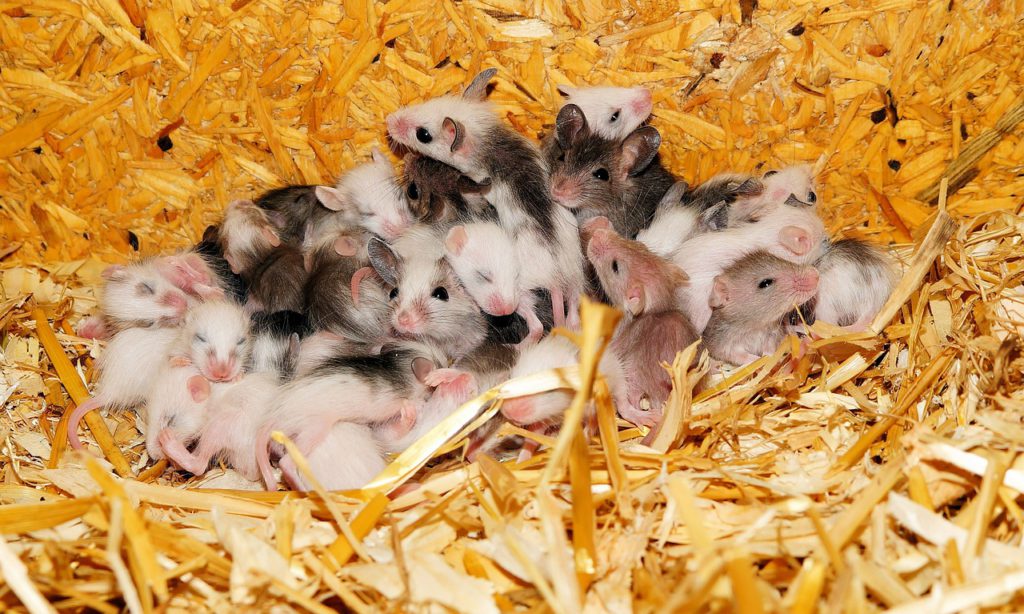
The primary natural food of Corn Snake is mice and rats. The size of prey depends upon the girth of the snake. Must avoid feeding your Corn Snake anything bigger than the thickest part of its body. Some baby snakes can eat lizards and occasional frogs. Adult snakes can also eat birds or their eggs. You can feed baby corn snakes once every 5 to 7 days and feed adults once every 7 to 10 days.
Substrate Nature
Aspen is the most commonly used bedding type for snakes, as it allows them to burrow easily. Corn snakes require just an inch depth of substrate to burrow in. Younger ones easily get adjusted to a new substrate while it may take some time for the adult ones to feel comfortable to settle in. You may add even more bedding to increase the depth and feel more comfortable.
Usually, corn snakes use bedding to protect their bellies as they slide around. But they love to feel of burrowing. Coconut husk is one such completely natural and organic bedding that is non-toxic and gives off a cosy feel to snakes. Never use cedar or pine shaving.
Its aromatic oils can cause irritation and respiratory issues in your snake. Cleaning is essential. Substrates should be completely replaced every 7 to 8 weeks.
Substrate Type
Coconut Husk
Coconut husk bedding is a completely natural and organic bedding material for your corn snakes. It is an easily available and low cost alternative. It helps absorb the odor and locks within the substrate. It is a dust free substrate which is absolutely chemical-free and non-toxic. It doesn’t mold and is very moisture absorbent.
Advantages:
- Highly comfortable material for snakes
- Odor and Dust free
- Natural and Organic material
Disadvantages:
- Doesn’t retain humidity much longer
- Large pieces of husk can cause irritation
Aspen Bedding
Aspen Bedding is the most popular bedding option for corn snakes. It is an ideal substrate and affordable so you can completely replace it. This is natural bedding which is made up of shaved aspen wood. It absorbs odours and prevents odour from waste. It is perfectly safe for your pet snake.
Advantages:
- It is not too expensive.
- Snakes are easily burrowed in it.
- It does an excellent job in absorbing odour.
Disadvantages:
- It needs to change completely more often.
Cypress Mulch
Cypress Mulch is slightly similar to the Aspen shaving. It is made up of small pieces of wood. It looks attractive and it helps to create a natural looking enclosure. It helps to retain moisture. It does not mold easily. Snakes can easily burrow in it.
Advantages:
- It doesn’t mold.
- It retains moisture.
- It helps to create a natural looking enclosure.
Newspaper and Paper towel
Newspaper covers are the cheap and easy-to-use substrate type. It works best for the small cages. Newborn snakes love the soft texture of paper, but adults can’t easily burrow in newspaper. Wet or the damp newspaper and towels can cause skin infections to snake skin. So replace the wet newspaper with fresh newspaper.
Advantages:
- It is one of the most versatile bedding options.
- It is affordable.
- It is more suitable for hatchings.
Disadvantages:
- Adult snakes can’t easily burrow in newspapers.
- Wet or damp newspaper can cause skin infection for snakes.
Conclusion
Corn snakes burrow in the wild, so they should be allowed to do so in captivity. The best choice for snake bedding is Coconut Husk. Coconut Husk is soft enough not to hurt your snake and it holds its shape when burrowed into. It is highly absorbent and looks better than other bedding types. However, the best choice for you and your snake is felt as per your convenience and needs. Types and depth of the bedding substrate is significantly important for your snake health and happiness.

